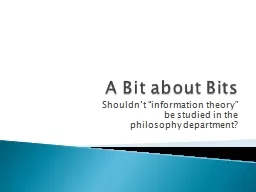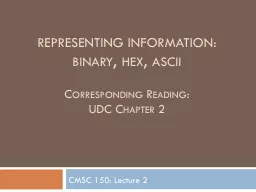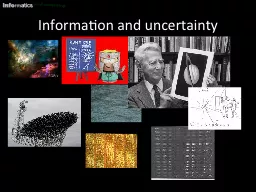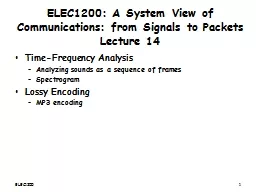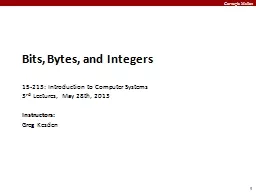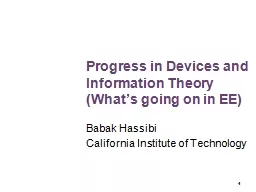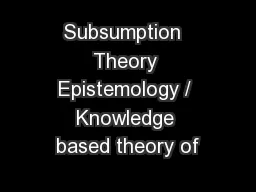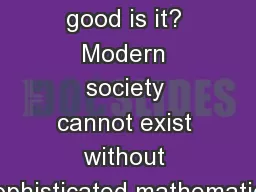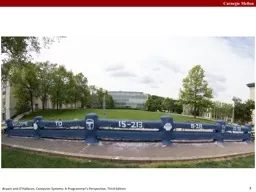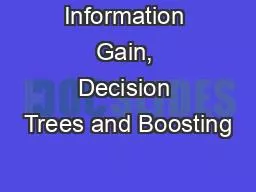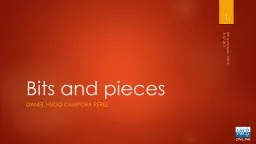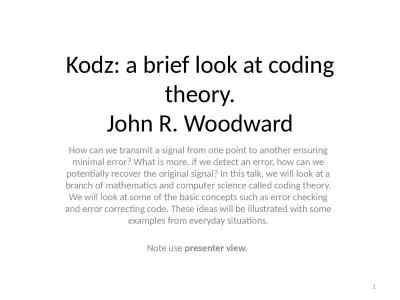PPT-A B it about Bits Shouldn’t “information theory”
Author : celsa-spraggs | Published Date : 2018-09-25
be studied in the philosophy department Communication Digital Representation of Data Ingredients Data Compression Error correction Encryption Secret Sauce Morse
Presentation Embed Code
Download Presentation
Download Presentation The PPT/PDF document "A B it about Bits Shouldn’t “inform..." is the property of its rightful owner. Permission is granted to download and print the materials on this website for personal, non-commercial use only, and to display it on your personal computer provided you do not modify the materials and that you retain all copyright notices contained in the materials. By downloading content from our website, you accept the terms of this agreement.
A B it about Bits Shouldn’t “information theory”: Transcript
Download Rules Of Document
"A B it about Bits Shouldn’t “information theory”"The content belongs to its owner. You may download and print it for personal use, without modification, and keep all copyright notices. By downloading, you agree to these terms.
Related Documents

